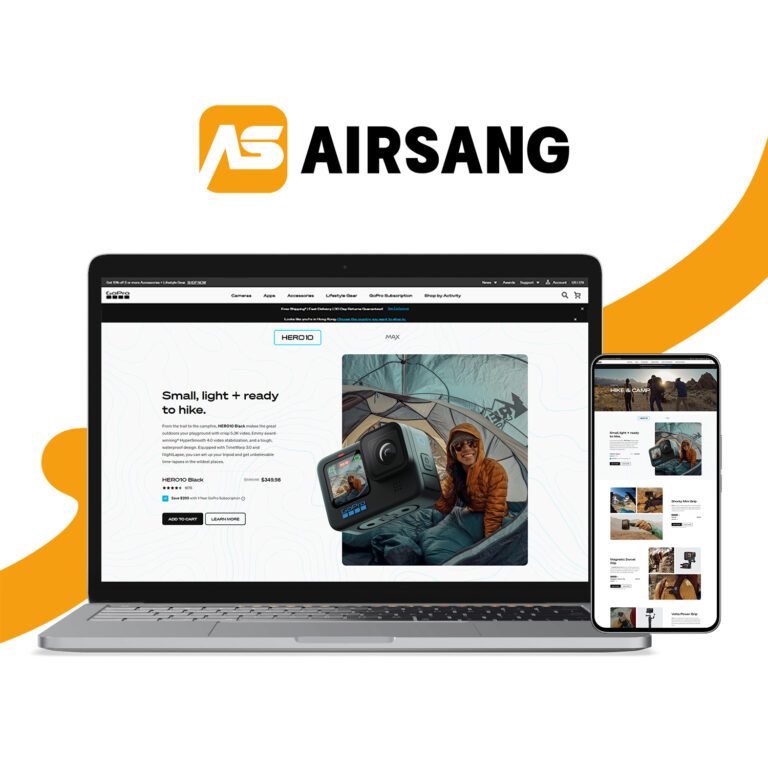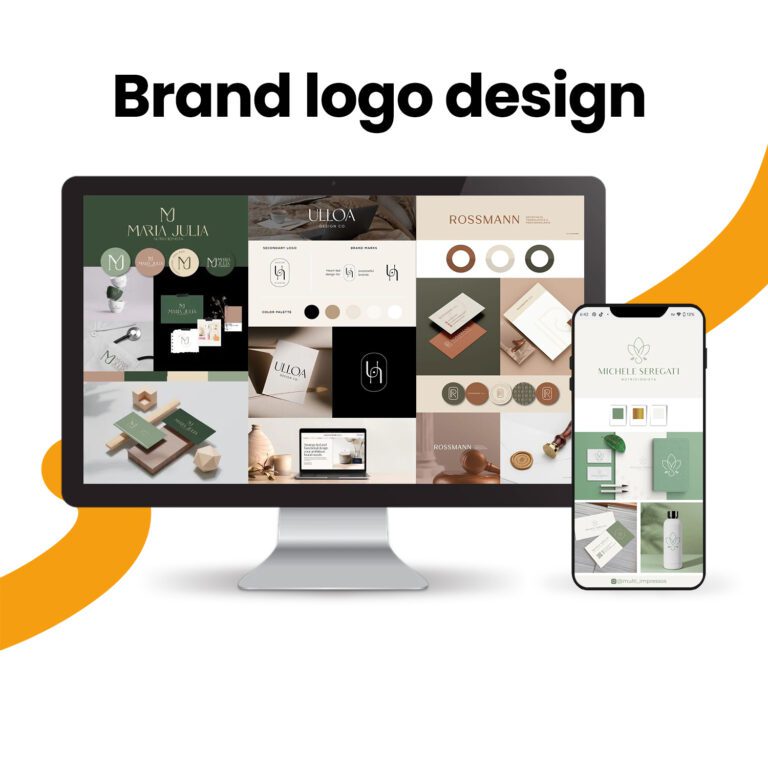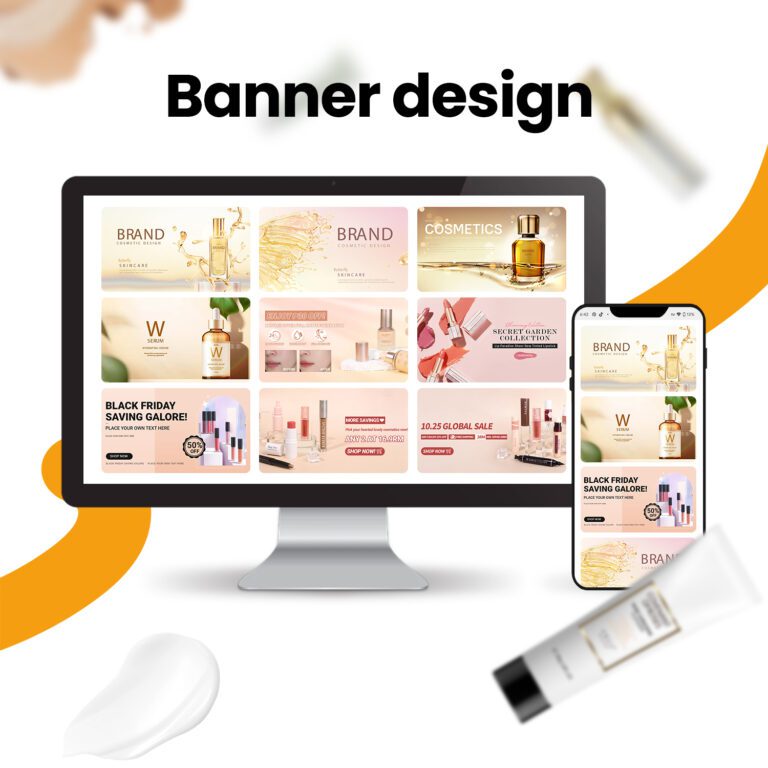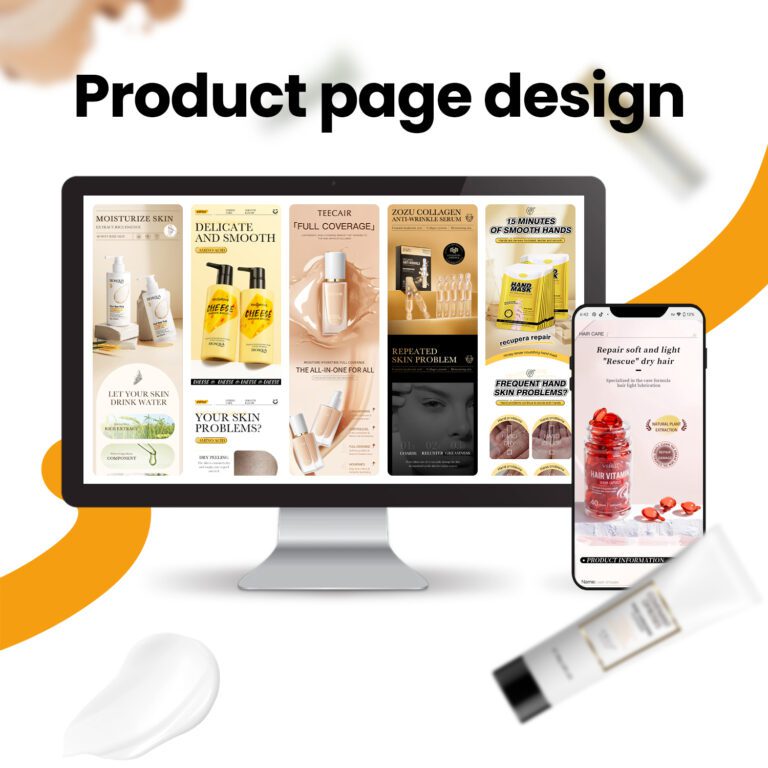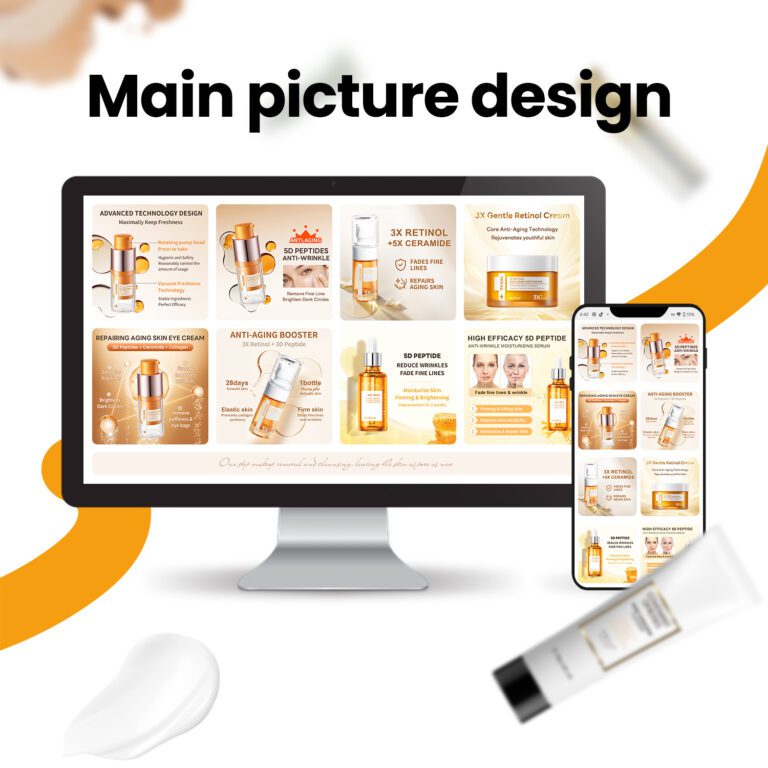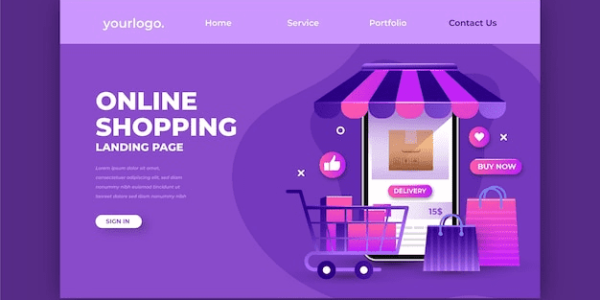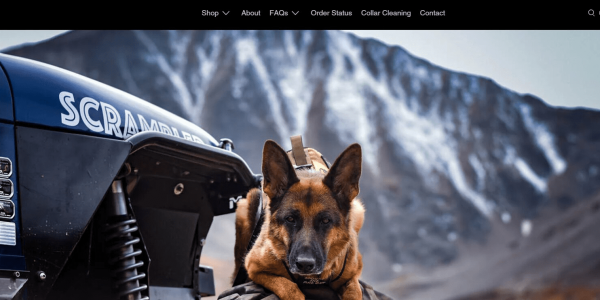How We Built Kikolight’s Shopify Lighting Store

Introduction
In today’s digital-first retail environment, a brand’s website is not just a storefront—it’s a core part of the customer journey. For a business like Kikolight, specializing in premium lighting products, the challenge was to create an online experience that matched the elegance and quality of its chandeliers, pendant lights, and modern home fixtures.
Our role was to bring that vision to life by building a scalable, user-friendly Shopify website that could handle diverse product categories, provide a seamless browsing experience, and highlight the craftsmanship behind every lighting design. From the initial setup to page design and visual storytelling, every detail was carefully considered to ensure both performance and aesthetics.
| Deliver Time | Category | Application Platform | |
| 32days | lamps | Shopify | |
| Designers Involved | Cost | WEBSITE GOAL | |
| Chloe Anderson | $ 6500 | Increase Site Visitors and Conversions, Improve Advertising ROI |
Understanding Kikolight’s Goals
Before writing a single line of copy or arranging product categories, we worked with the client to define key objectives:
- Showcase luxury lighting products with high-quality visuals and intuitive categorization.
- Streamline navigation so customers could easily shop by type (chandeliers, table lamps, wall lamps) or by room (living room, dining room, bedroom).
- Support seasonal promotions with flexible homepage modules that highlight campaigns like “Mid-Year Sale.”
- Build trust and credibility through customer reviews, user-generated images, and strong brand positioning.
- Create a scalable foundation on Shopify that would support future growth without requiring constant redevelopment.
With these goals in mind, we began crafting a Shopify site that balanced conversion optimization with brand storytelling.
Our Approach to Shopify Website Building
1: Platform Setup & Store Architecture
The foundation of any eCommerce project is the platform. Shopify provided the flexibility Kikolight needed—robust product management, reliable hosting, and integrated payment gateways.

We started by:
- Configuring the Shopify store settings, including shipping, tax, and payment options.
- Structuring product categories around both function (Chandeliers, Pendant Lights, Outdoor Lights) and lifestyle (Shop by Rooms: Bedroom, Kitchen, Restaurant).
- Implementing SEO-friendly URL structures and metadata to improve discoverability.
This architecture ensured that as Kikolight’s catalog expanded, the website would remain organized and scalable.
2: Homepage Design as a Sales Engine
The homepage is often the first touchpoint for customers, so we designed it to highlight promotions and guide users quickly into categories.
Key features included:
- Hero banner with campaign messaging (“Turn On the Savings – Mid-Year Sale Now Live!”) and bold CTAs.
- Promotion blocks showcasing discounted best-sellers like chandeliers and marble lighting.
- Category navigation tiles (“Shop by Lighting Category” and “Shop by Rooms”) for quick browsing.
- Customer feedback section featuring real photos and reviews for credibility.
By combining visual storytelling with conversion-driven layout, the homepage became more than just an introduction—it became a sales driver.
3: Product Pages with Detail & Trust
Lighting products are high-investment items, and customers want to feel confident before purchasing. We optimized product pages to:
- Include high-resolution images with zoom functions.
- Highlight key specs (dimensions, materials, finish).
- Display pricing with clear promotions (e.g., original vs discounted).
- Integrate customer reviews and ratings for social proof.
This approach ensured each product page not only informed but also built trust.
Design Flow & Visual Strategy
Creating a Cohesive Aesthetic
Lighting is both functional and emotional—it sets the tone for a space. To reflect this duality, we chose a modern minimalist design language:
- Neutral color palette (warm whites, soft beige, light greys) to let product photography shine.
- Clean typography for readability.
- Consistent use of lifestyle imagery to place products in real-world settings.
Balancing Categories with Storytelling
We strategically wove design storytelling into navigation. Instead of overwhelming visitors with a long product list, we grouped products into narrative-driven categories:
- By Lighting Category (Chandeliers, Pendant, Ceiling, Outdoor)
- By Room (Bedroom, Kitchen, Living Room, Commercial Spaces)
- Best Sellers to highlight customer favorites
This blend of function-driven navigation and emotion-driven storytelling made the site both practical and aspirational.
Challenges We Overcame
1: Large Product Range
Kikolight’s catalog includes everything from delicate wall lamps to grand statement chandeliers. Without careful planning, such variety can overwhelm customers.
Solution: We implemented a tiered navigation system and strong filtering (by category, style, and room), ensuring customers could quickly find what they needed.
2: Building Trust for High-Ticket Items

Luxury lighting purchases are often expensive, and customers hesitate without reassurance.
Solution: We built a customer feedback hub that showcased:
- Verified customer reviews with photos.
- Highlight reels of real customer installations.
- “Trusted by” section displaying collaborations with brands like Crate & Barrel, Ethan Allen, Ralph Lauren Home.
3: Seasonal Promotions
Lighting brands often run sales campaigns, and the site needed to adapt quickly without developer intervention.
Solution: We created flexible homepage modules that could be updated with seasonal sale banners, time-limited promotions, and curated product collections.
Key Features Implemented
- Dynamic Promotions Module – Highlighting campaigns with bold visuals and countdowns.
- Lifestyle Shopping Categories – “Shop by Rooms” feature for interior inspiration.
- Customer Feedback Gallery – Real installation photos showcasing authenticity.
- Content Hub (Latest News) – Regular blog posts featuring product stories, design inspiration, and trend highlights.
- Global Trust Elements – Customer counts, years in business, and product review metrics displayed as credibility badges.
Results Achieved
After launch, the Shopify website delivered measurable improvements:
- Higher engagement: Visitors spent more time browsing categories and exploring product pages.
- Increased trust signals: Customer reviews and photos boosted conversions for higher-value items.
- Streamlined navigation: Reduced bounce rates thanks to intuitive category and room-based browsing.
- Improved scalability: The Shopify foundation allowed Kikolight to update campaigns, add new product lines, and expand without technical bottlenecks.
In short, the site now reflects Kikolight’s premium brand identity while driving sales and providing a seamless shopping experience.
Conclusion
Building Kikolight’s Shopify website was more than just creating an online store—it was about translating a brand’s craftsmanship and vision into a digital experience. By combining structured store architecture, user-friendly design, and trust-building elements, we helped Kikolight create a site that is both elegant and conversion-focused.
At AIRSANG, we specialize in building Shopify and WordPress websites that not only look stunning but also perform as powerful eCommerce engines. Our expertise in website building, page design, and conversion optimization ensures that each project delivers measurable results. If your brand is ready to transform its digital presence, our team is here to help.

